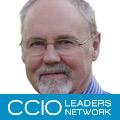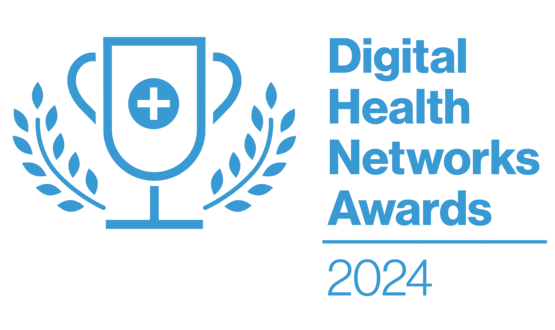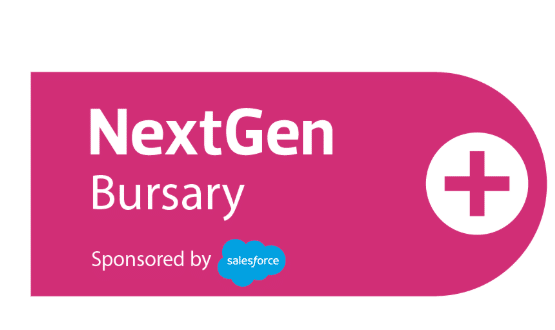Enter the CCG: on user groups
- 19 August 2015

The sight of Dr Joe McDonald, chair of the CCIO Network advisory group, bouncing around happily during the lunch break of a primary care IT conference was something I won’t forget for a long time.
One of my jobs is helping to run the national user group for one of the four national primary care IT systems, and earlier in the day Joe had delivered our conference keynote speech.
During his presentation, Joe – who Tweets @comparesoftware – made reference to his website/organisation www.comparethesoftware.co.uk that enables users to feedback on and compare the software they have to use at work.
Simultaneously, he lamented the relatively parlous state of some of the secondary care software that this has been assessing. None of it seemed to score better than ‘quite good’.
Buzz and creating it
Afterwards, he visited the conference exhibition and was clearly gobsmacked. The buzz in the room, he said, was terrific – and entirely unprecedented in his experience of exhibitions devoted to secondary care software.
How was it achieved? he asked. What was the secret of the enthusiasm and the dynamism that he’d just experienced?
My answer was simple: under the GP Systems of Choice agreement, known to almost all as GPSoC, primary care user groups have teeth.
Part of each system supplier’s remuneration depends upon a satisfactory sign-off by their user group, declaring among other things that over the past year the software house has indeed sought and prioritised user-initiated suggestions for software development.
This situation gives leverage to the users and dynamism to the entire set-up. By comparison, there are few such arrangements in secondary care.
There is no equivalent of GPSoC. Users – typically hospital trusts – decide which applications they will purchase and then sign a contract with the software house.
If the contract contains clauses that require future input/sign-off from the users – then all well and good. But if no such clauses exist – and with no national NHS organisation to oversee the value to the NHS of that project – there is no way post-contract that requests from the users can be enforced.
There is simply no user leverage in many secondary care IT contracts. Provided that the supplier fulfils the terms of the original contract there is nothing further that the users can do.
I am convinced that this absence of either statutory or contractual user feedback is one of the main reasons for the difference in perceived quality between primary and secondary care software, and the degree to which the users feel comfortable with their applications.
There’s a big lesson here for the entire NHS: always make sure that users have appropriate input and leverage over the future development of software.
The point of user groups
Despite the perceived lack of user power, many applications commonly used in the NHS do in fact have user groups — often local ones. But what are they there for? Some user groups (which I will call ‘Type B’) are purely educational, cascading down information on how to use the software.
By comparison, Type A user groups also have a mechanism for ‘cascading upwards’, if you’ll excuse the phrase – sending information back to the parent company, alerting it to situations where the current system is either deficient in functionality or not particularly user-friendly.
Let’s first think through what happens to the more basic, Type B user groups. These are useful to begin with, but interest often tails off in direct proportion to the length of time since the software was first installed. Later meetings can become relatively infrequent, poorly attended and dull.
There is a secondary message here which is powerfully communicated, though almost subliminal. To have a company with no interest in listening to its user group, and no opportunity for its user group to feed back, is a recipe for discontented users.
They know only too well what needs to be improved, and get more and more irritated by the repetition of those same occurrences, day after day, with the additional knowledge that there is little possibility of any change in the future.
It’s the 21st century equivalent of putting someone in the dungeons. There’s no hope of change, no hope of improvement – a potent recipe for disillusionment and despair.
By comparison, Type A user groups (the ones with feedback) are much more dynamic. Users have more than one reason for attending these meetings. They are there to learn, but also to convey their own experiences and recommendations back to the software company. It becomes a dynamic, virtuous circle.
System designers and clinicians
This situation also emphasises the potential (note that word) gulf that can exist between system designers and clinicians. Without doubt, system designers want to create suitable software for clinical use, to allow care to be delivered more accurately, more comprehensively and more economically.
However, with the best will in the world, as non-clinicians they don’t – indeed can’t – view the world through clinicians’ eyes, and therefore don’t always appreciate where they could be making the software more helpful, more user-friendly, or less cumbersome.
The obverse is also true: clinicians frequently don’t know all the techniques available to system designers and coders, and in a mirror image of the above situation, often can’t see the world through system designers’ eyes either.
The cure is obvious: put the two groups in close contact with each other. That way the system designers can have a field day with their ideas – which the clinicians can then refine.
In turn, system designers can take the clinicians’ suggestions and propose further ways of developing the application. Everyone benefits – the system designers, the clinicians, the software house – and of course, the patients.
However much system suppliers may find their user groups irritating, to have a vibrant, vocal user group is the secret of successful software development.
In addition, if the users know that their concerns are constantly listened to and acted upon they will feel much more positive about the application — evangelistic, even — and that’s good for everyone. It’s a win-win situation.

|
|
Dr John LockleyDr John Lockley is clinical lead for informatics at Bedfordshire Clinical Commissioning Group and a part-time GP. |
 |





